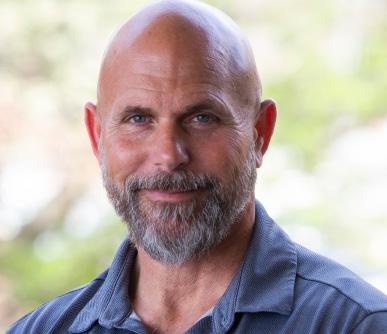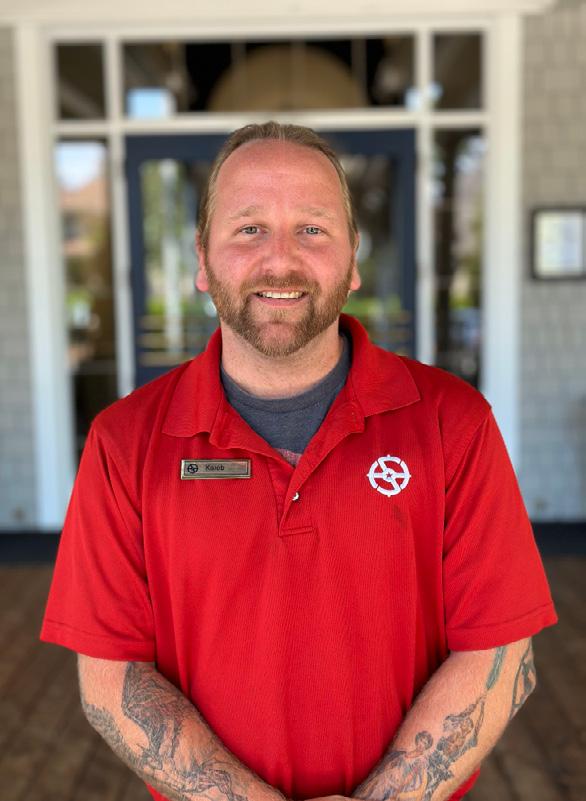
2 minute read
BOATING & MARINA NEWS

BY: HARRY SMITH - MARINA MANAGER
Shore Power Cord Inspection
Now that the season is winding down, I always like to take this opportunity to remind everyone how important shore power cord inspection is! A lot of factors are involved when it comes to having shore power for your boat. So often boat owners think power cords will last forever. Not true! Cords wear out just like anything else and weather, sun, rodents, etc. only add to the problem. Inspecting these cords is very important. How to inspect is just as important. Having cords in good condition lessons the dangers involving electricity around water (ESD, Electrolysis and much more)
Below are a couple of things to remember when doing your inspection.
1. Always turn the power off when inspecting!
2. Check both connection points, dockside, and boat side. If any browning or burn marks are found, take note. This could mean a loose connection but make sure it’s not the result of something else. If burnt on the outside of the plug there is a good chance, there is burning on the inside of the plug. Have a professional check it out and replace it immediately.
3. If a cord is found frayed or damaged in any way make sure it’s replaced. Do not splice!
4. Please get with your marina staff to lift the pavers on the dock and assist so the entire cord can be inspected.
5. Do not overload your circuits or receptacles.
6. Remember NO SWIMMING in the marina!
Important Facts to remember about ESD (Electric Shock Drowning)
If You Have A Boat
• Have your boat tested once a year to see if it is leaking electricity or buy a clamp meter and test it yourself. If you find any problems, have your boat inspected by a qualified electrician trained to ABYC standards.
• Have a qualified ABYC electrician install an ELCI on your boat (refer them to the ABYC E-11 Standard) or use an ELCI in the shore power cord. As an alternative, install an isolation transformer on the boat.
• Test the GFCI/ELCI at least once a month or per the manufacturer's specifications.
• DO NOT do your own 120-volt AC electrical work on a boat or hire an electrician who is not familiar with ABYC standards to do it. Many of the problems that lead to electrical faults result from the differences between shore and boat electrical systems and standards.

• DO NOT use common household extension cords for providing shore power to your boat. Use, and encourage other boaters to use, shore power cords built to UL standards.
• NEVER dive on your boat to work on underwater fittings when it is plugged in to shore power, even in saltwater.
Please remember, NO SIMMING IN AND AROUND THE MARINA!!! Must be at least 20 yards from docks and boats.
ESD (electric shock drowning) is real and cannot be taken lightly. When someone drowns it’s too late! For more on ESD go to; http://www.boatus.com/seaworthy/magazine/2013/july/electric-shock-drowning-explained.asp
Marina Manager Reminder:
Know your boat inside and out and always CHECK YOUR BOAT regularly.













